As we already wrote in the post Vanconversion #3: Mercedes Sprinter Layout Planning, the topic of stealth camping is a big deal for us. Therefore, we deliberately chose a van without side windows and also without rear windows. But to have daylight in our camper, we want to install two roof windows and a fan with a translucent cover in the roof.
Since we must cut holes in the car body for the windows this on the one hand causes metal dust that can rust. On the other hand, after the finished installation of the windows, we also want to test them without water running into the actual interior installation. That’s why we decide to make the windows as early as possible.
Product selection criteria – windows
There is now a huge selection of ready-made built-in windows that you can install relatively easily in the van yourself. We chose two Mini Heki style skylights from Dometic.
For the windows we defined a few points in advance, which are important to us:
-
- Forced ventilation
From our point of view, the roof windows absolutely need forced ventilation. Forced ventilation means that the window is not airtight, but there is always (even when closed) a certain exchange of air. Heating, cooking, breathing but also just the body heat creates carbon dioxide and condensation, which causes windows to fog up and build up mold. This is counteracted by a constant exchange of air. In addition, there are always situations in which it is not possible to leave a window open. With forced ventilation, air exchange is guaranteed without increased risk of burglary. The disadvantage of forced ventilation in colder regions is the loss of temperature. Due to the constant exchange of air, the warm air naturally escapes, which means that it gets cooler more quickly or more heating is required. However, since we are on the road mainly in moderate and warmer regions, for us it is rather an advantage when the heat can escape upwards, as this can also prevent overheating. Another blog has helped us very well with this assessment. You can find the details at the following link: https://www.baerensquad.de/dachluke-mit-oder-ohne-zwangsbelueftung-in-den-camper-einbauen/ - Size
Sure, the bigger the brighter the better. But since we want to be self-sufficient for at least 3 days, we need a certain area of solar panels and these need space on the roof, which in turn limits us in the size of the windows. In addition, windows are also the weak points in terms of heat, both in terms of cold and warm air, an average window area is appropriate for us. - Opening mechanism
In one of the self-converted campers, we rented for short trips, we had a skylight which had a handle to push up on each side. To open the window, you had to push up both sides evenly. For Mimi this was rather cumbersome. Therefore, we opted for a different system with an opening handle.
- Forced ventilation
Products and selection criteria – fan
For the fan, we were inspired by various blog posts and the same product just kept coming up; the MaxxAir Deluxe fan. Each time the statement about it was the same; very expensive, but worth it. So, we also took a look at the product and realized that there are alternatives, but not many. The MaxxAir also convinced us, at least on paper. Whether it is worth the money in practice remains to be seen.
The MaxxAir is available with three different hoods: white, black, and transparent. At the beginning, we wanted a transparent hood. Unfortunately, at the moment it feels like every other camper is building his own van and the MaxxAir Deluxe with the transparent hood is out of stock worldwide – delivery times unknown. Since the hood is still replaceable after installation, we have now opted for a white hood. The transparent hood also has disadvantages: unlike the windows, there is no blackout filter for the fan, which means there is always light coming in, so even at night in a city under a streetlight. This is not that great. And there is always light shining out, so standing somewhere unnoticed in a free parking zone at night is also more difficult.
Conclusion: We test it now with the white hood. If we notice that it is too dark in the bus, we just think about whether we will change the hood afterwards.
The installation – Ready, steady, go!
Well, to make such a hole in the dense, protective car body takes a bit of courage. But luckily, we have Mimi’s brother to help us. As a trained polytechnic, he knows how to work with metal and his manual skills are a great help.
From the inside, we draw the exact position and size of the cutout and drill a hole in each of the four corners so that the saw blade of the jigsaw can enter from above the roof. The cutouts are quickly made. As long as you make sure you use the right blade and have a straight surface to put the jigsaw on, it’s no problem.
Tip1: Tape the cut line with a slippery tape before you start sawing.
Tip2: Generously tape a plastic bag around the cutout from below. In this way, you can catch the metal shavings directly. You don’t want these small, sharp-edged chips anywhere on your bus. Not only do they scratch every surface, but they are also the ideal source of rust.
Next, we’ll build a spacer frame. We make it from simple spruce / fir slats. We impregnate the wood, less because of water from outside, much more because of moisture from inside. On the one hand you need it, because you can’t simply fix the window to the thin sheet metal of the body, and on the other hand you have a certain construction structure that you must bridge. We insulate and cover the insulation with wainscoting afterwards, so for the window cover to be at the same height as the wainscoting, we need the spacer frames. Another advantage: the window is fixed to this frame, so there is no need to drill additional holes through the metal body.
Inserting and attaching the windows is not difficult, but it does require patience and a bit of dexterity. The windows are not glued in place, but more or less clamped around the spacer frame and the sheet metal of the body. The sealing compound is important here, because it ensures that water does not penetrate inside when it rains.
The windows consist of a lower/inner part and an upper/outer element. On the outer element, the sealant is applied as evenly as possible. Now the two window parts can be put together, someone from the top with the outer element and someone from the bottom with the inner element. Tighten the screws for the clamping mechanism and cleanly remove the edge of the sealant from the outside.
Practical test
We deliberately installed the windows early, one reason being the practical test. We want to test first whether the windows are actually watertight before we install all the insulation and cladding and have water running in everywhere.
For the practical test, we take the garden hose and let water splash onto the window from all sides for a good 10min. At first glance everything is tight. Pooh, we had some luck.
But when we maneuver our bus a little later, we are disillusioned. In inclined position, when starting on a slope, residual water runs in at one window. Not much, but every drop is too much. So, we remove the window again, reapply the sealant and put it back in. The second time everything is watertight. It’s annoying that not all windows were tight the first time, but we are glad, we noticed it before we did all the interior work. We would definitely recommend a good practical test.
Tip3: Don’t skimp on the sealant. Rather put a sausage of sealant too much and rather too thick around the window than you would like. We saved a little of the material and meanwhile we had to remove every window another time, seal it better and install it again.













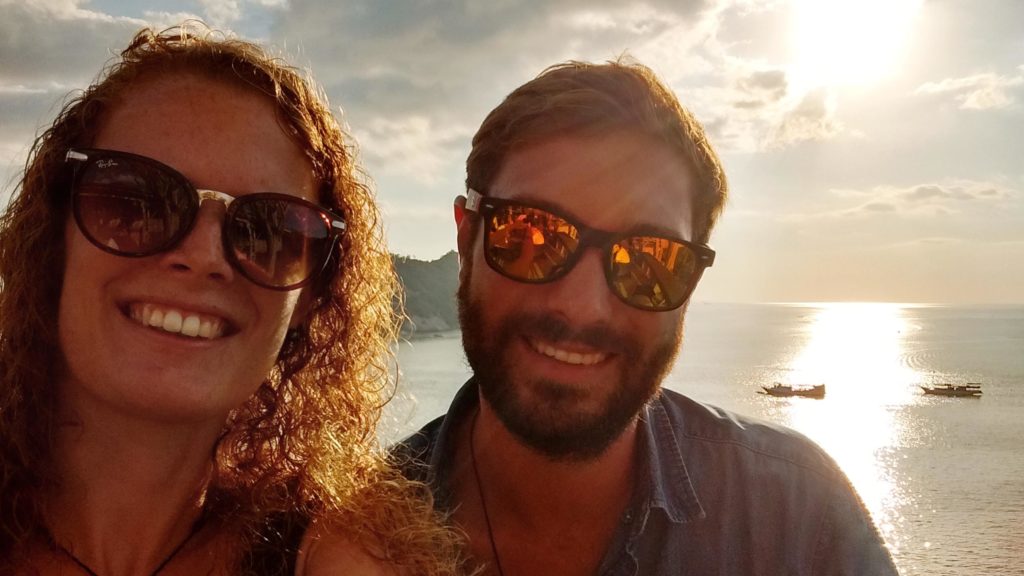

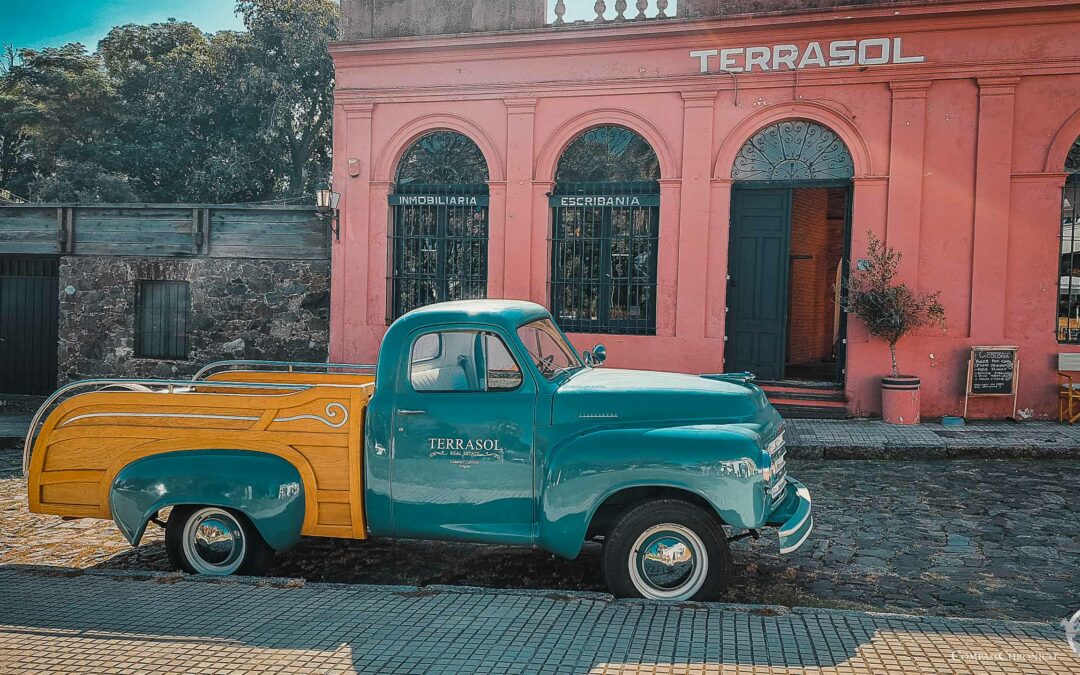
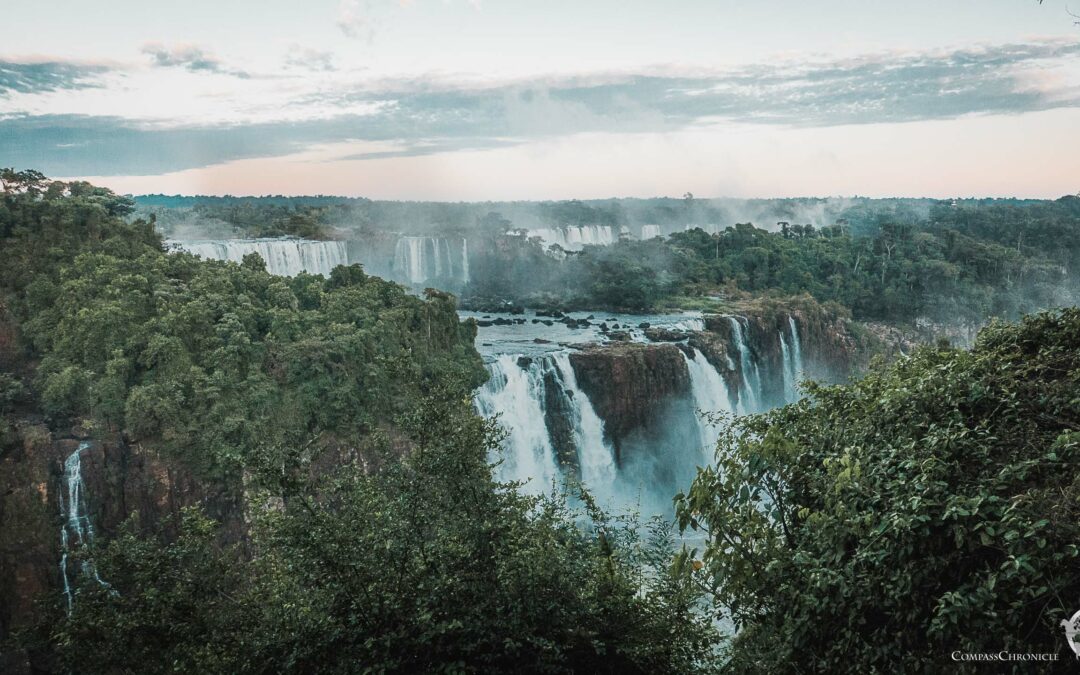

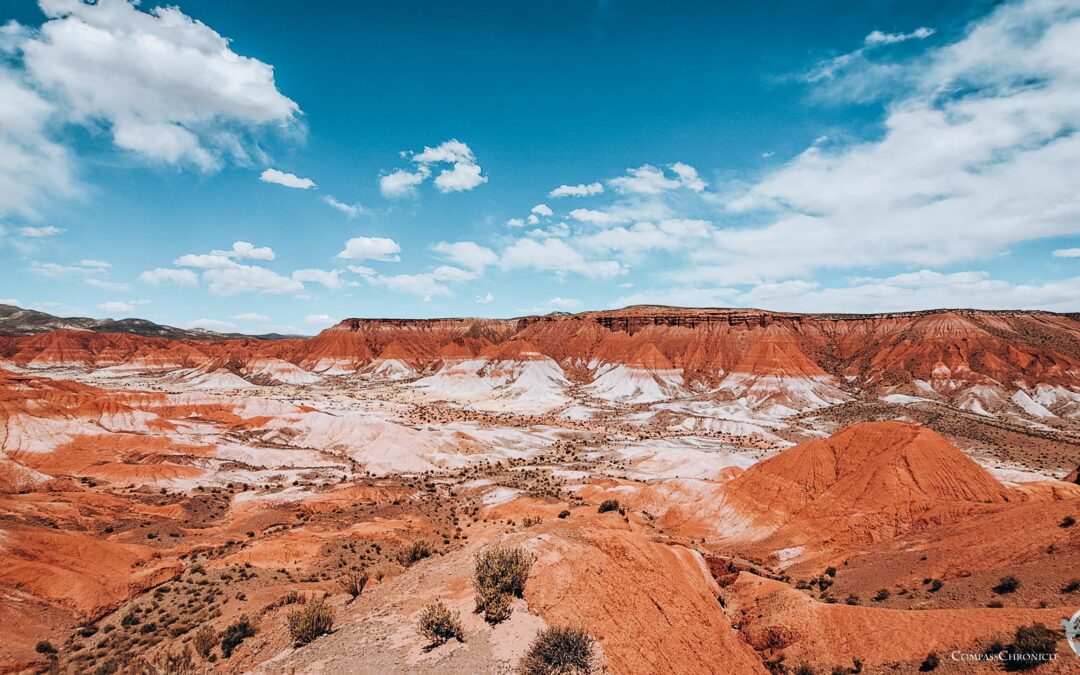
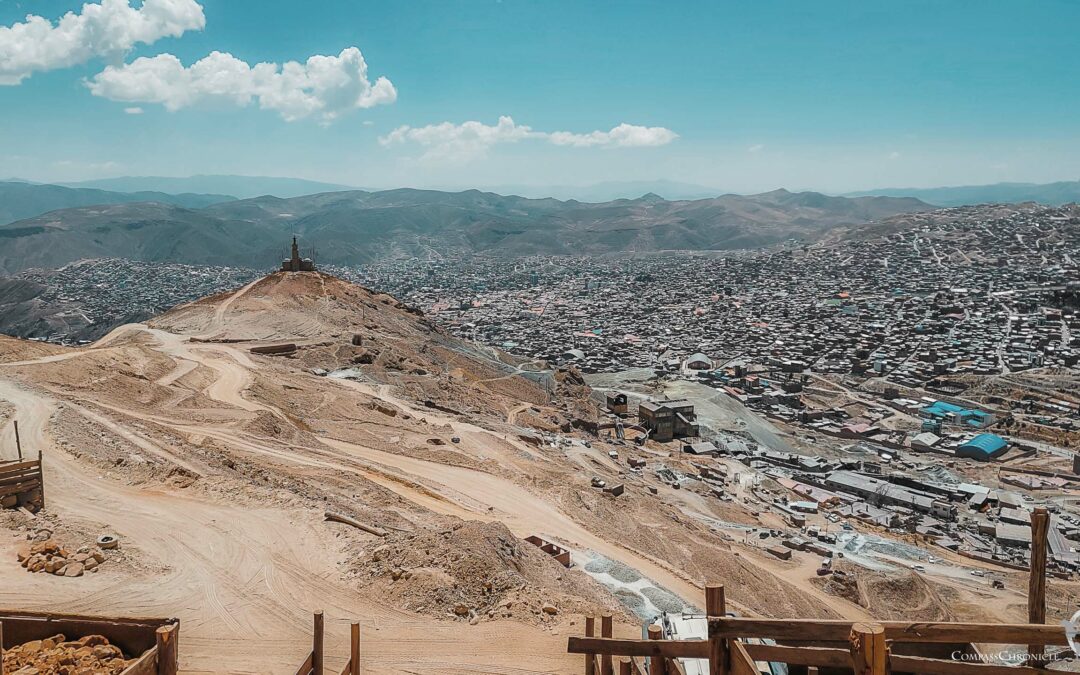

0 Comments